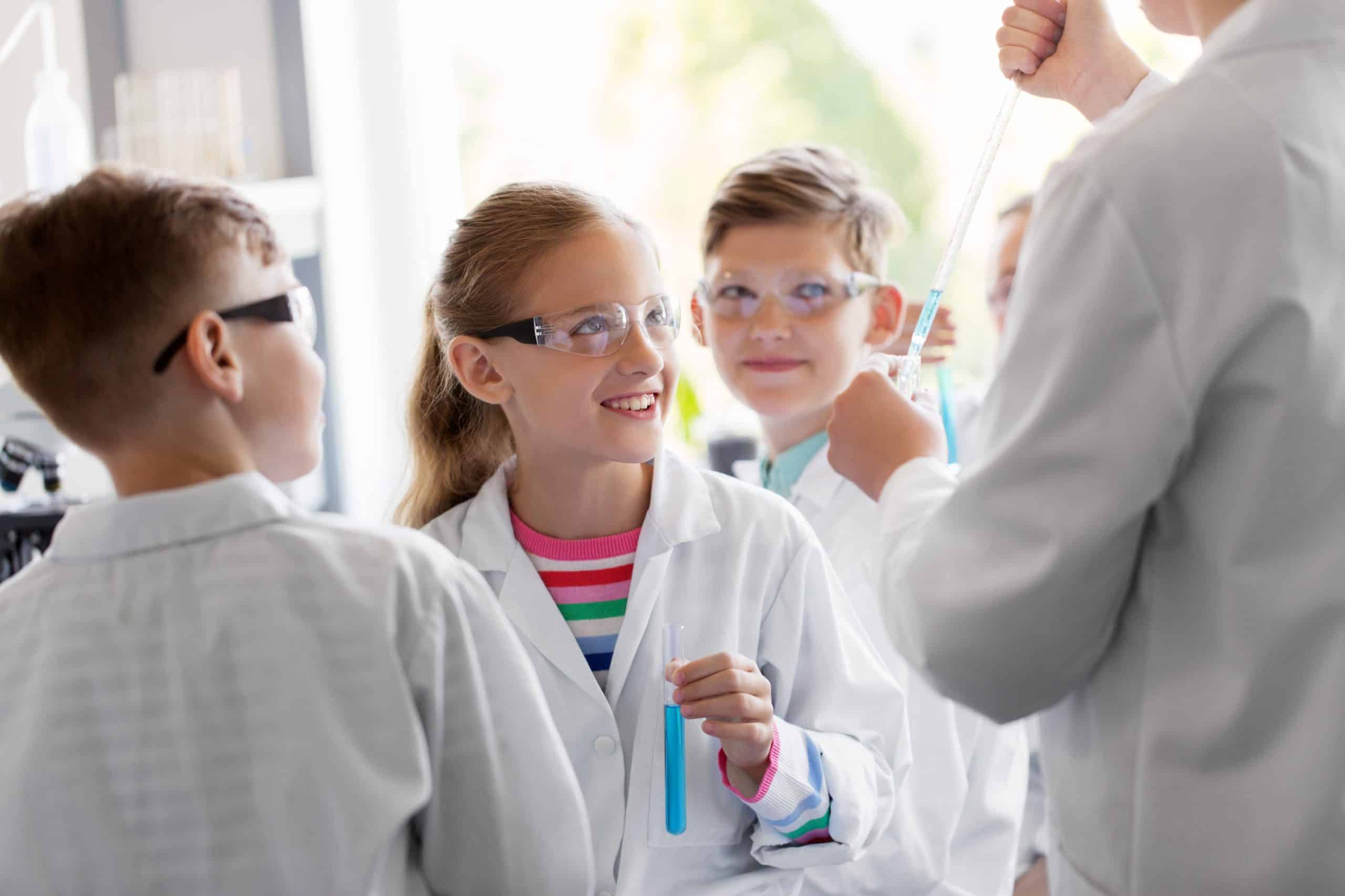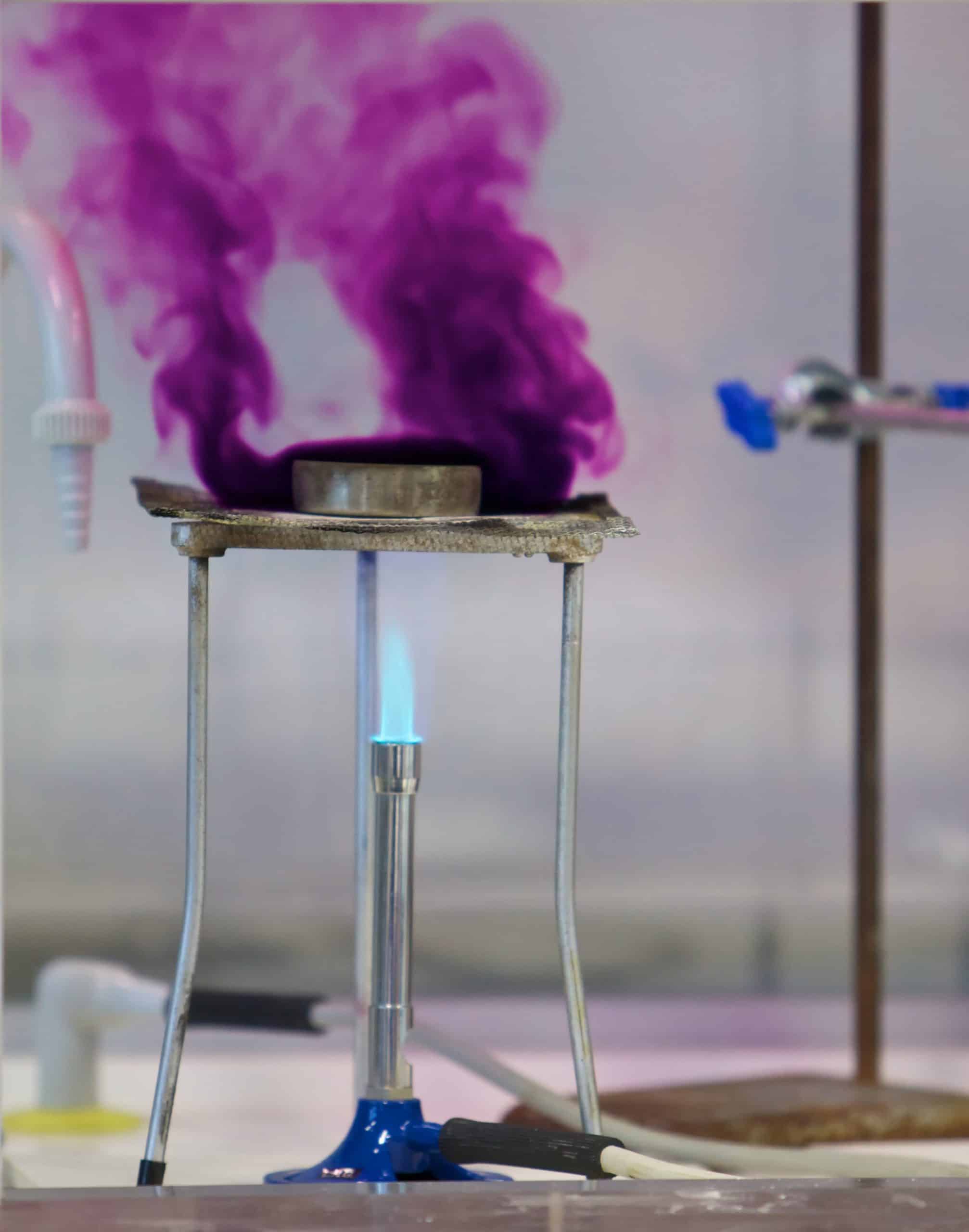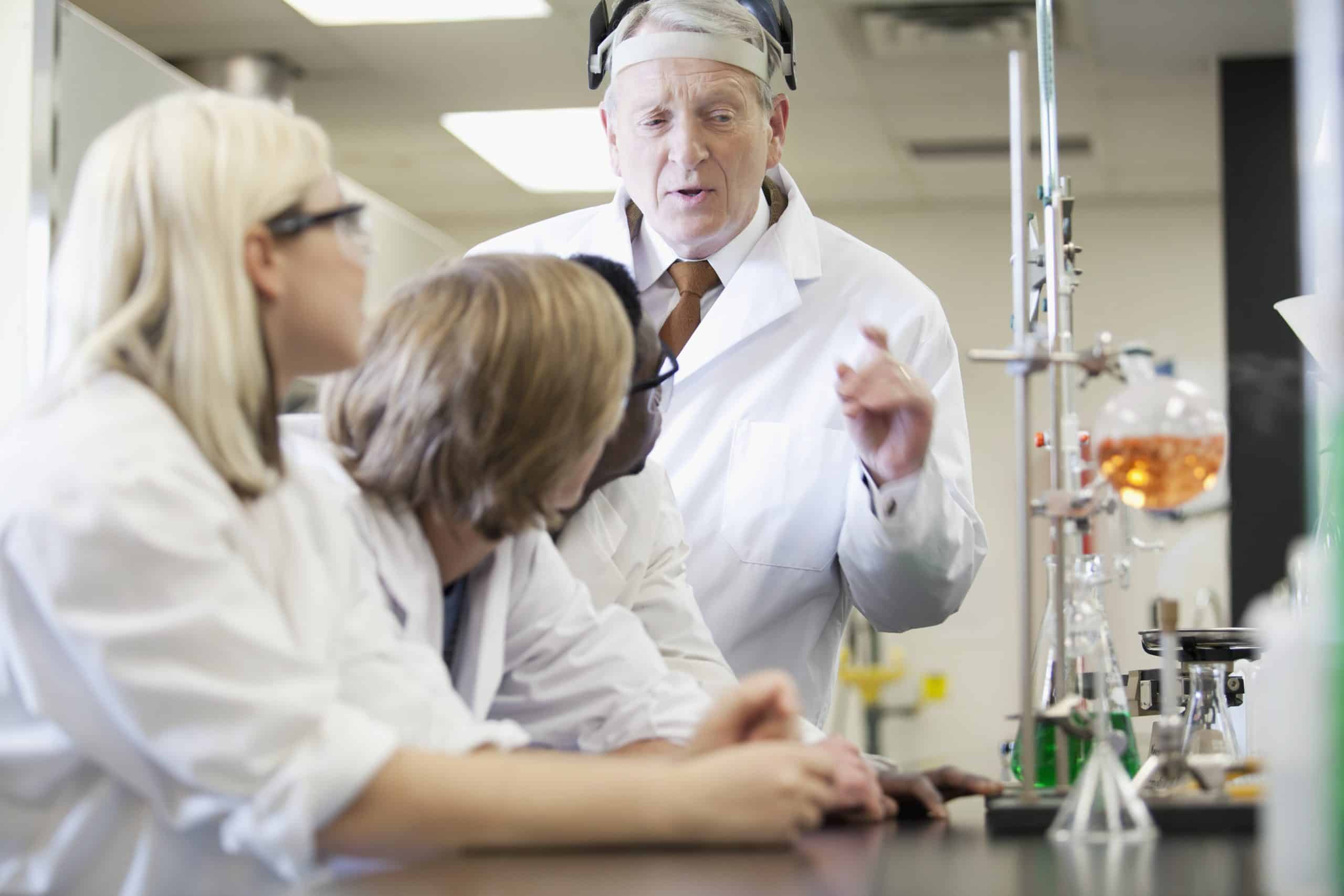Teacher demonstrations play an important role in helping teach scientific knowledge to students. However, providing fit-for-purpose dedicated spaces for this element of teaching is not always thoughtfully considered at the design stage.
Has science education failed us?
A radical school of thought has voiced the opinion that science education has failed. At a time when science and particularly the spread of virus and the development of vaccines are at the forefront of every news outlet, this might seem an extreme argument. However, the vast majority of the public has not been provided with a scientific education that has adequately prepared them for the COVID-19 global pandemic or to fully understand the science behind other global issues such as climate change.
It is reported that a significant number of people around the globe are refusing the vaccine and we have all been bombarded with advertising instructing us on the correct way to wash our hands. Government briefings have highlighted disparity amongst senior officials in understanding some basic scientific concepts.
YouGov surveyed primary and secondary school teachers and reported 70% agreed that the current UK curriculum needs radical change to make the education system fit for purpose. As a nation, we need more scientists, engineers and technicians if our knowledge economy is to flourish. Practical science, in theory, promotes the learning of science in different ways, such as learning new practical techniques, supporting the understanding of a scientific theory and developing the skills of scientific enquiry, but they also have a wider purpose of engaging with young people and helping them to develop work-readiness skills such as teamwork and communication.
The WellcomeTrusts 2019 research into young people’s attitudes towards science education found that many young people don’t see science relevant to their everyday lives.
Interest declines over time – from 83% in year 7 to 73% in year 8 and 68% in year 9.
Young people do not just need more or varied knowledge, they need an opportunity to engage in a fundamentally different educational experience.





